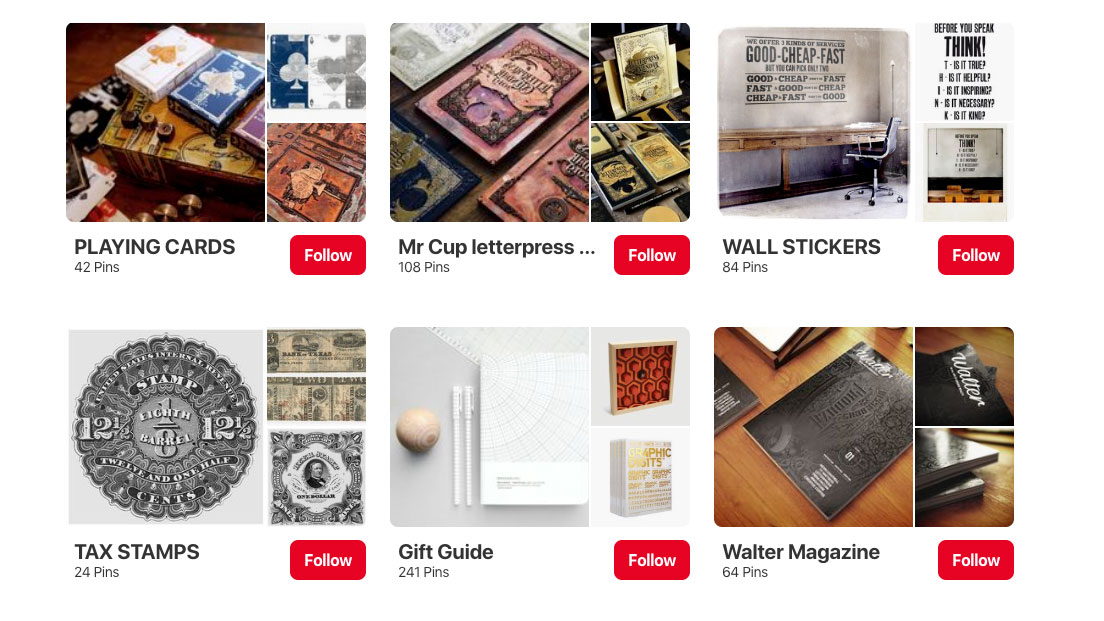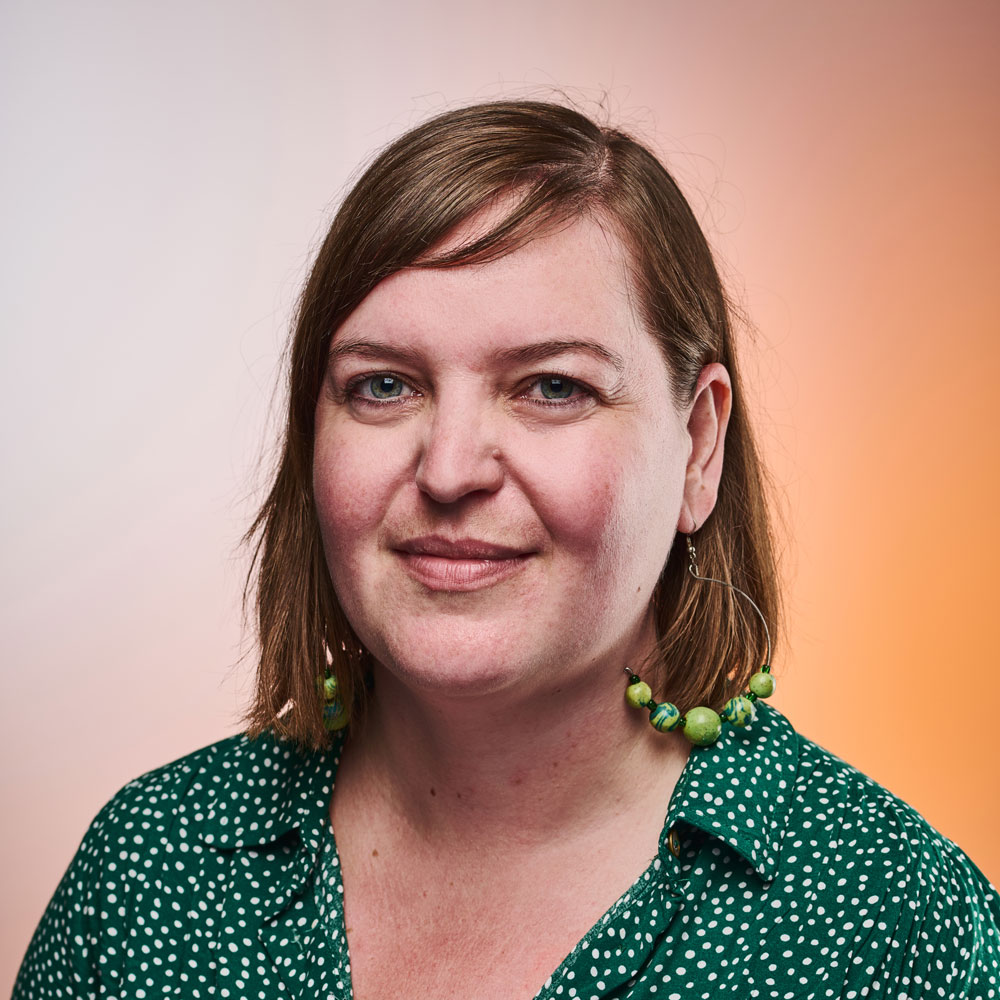How to make money on Pinterest as a creative
Discover how to get more followers and make money on Pinterest.

Most creatives don't realise you can make money on Pinterest. Many consider it a floaty sort of place where you can look at interiors, recipes and wedding crafts, and while you can do all those things, Pinterest is actually a very powerful tool.
Pinterest is used by 250 million people per month, and 84 per cent of users use it when they're trying to decide what to buy. That means that as a designer, illustrator or artist, it's the ideal place to promote yourself and anything you're trying to sell – whether that's your services or your products. (If you're looking to sell more online, then you can also check out our inspiring list of ecommerce websites.)
But how can you best use Pinterest? How can you get more followers? How many boards should you have on the platform? And how can you transform your pins into cold hard cash?
To find out, we spoke to those who are currently making money from Pinterest to discover the secrets to their success.
If you'd like to swot up on making the most of Instagram too, see our guides to how to make money on Instagram, as well as how to change the font in your Instagram bio. You might also want to see our ideas on ways to make more money from design.
01. Think Pinterest when creating images

Award-winning blogger and author, Vicki Psarias has been using Pinterest since 2012. The platform is the second biggest referrer to her blog after search traffic, and an average of one million unique users visit her Pinterest page every month.
Psarias makes sure that she thinks about Pinterest when she's creating images for her blog – something that many overlook. "Now I have bespoke Pinnable images on almost every blog post in addition to editorial images," she says.
Get the Creative Bloq Newsletter
Daily design news, reviews, how-tos and more, as picked by the editors.
What sort of images do well on Pinterest? Long and thin images tend to stand out, but apart from that, Pinterest works like any other platform. "I think the fact I opt for high res, eye-catching, beautiful images definitely appeals," says Psarias.
Don't forget that you can also pin videos, Psarias pins directly from YouTube.
02. Curate carefully

It's easy to just keep clicking 'pin', but the most successful Pinterest users curate their boards carefully.
Psarias advises having "100 boards maximum with a minimum of 40 pins per board." She also recommends using a mix of different image styles, for example, "a mix of Pinnable images ie. text over an image, and editorial images without text too, so as to appeal to all pinners."
Fabien Barral, aka Mr Cup, agrees that curation is key. He's been using Pinterest to promote his products since 2010, and has over 55,000 followers, meaning that Pinterest is now making him money. He prefers boards that have a theme. "I like people who are creatives with their boards, ordering by colours, or texture," he says. His own boards include colour, wine, wood blocks and nice to meet you – where he visits studios. He often links to his blog, which links up nicely to his shop.
When it comes to what to post, Psarias recommends going with your gut. "Pin what you like," she adds. "It sounds simple but as with SEO, a like-minded audience will find you so don't worry if you think you're the only person in the world who wants to dedicate a board to glitter make up."
It's also a good idea to offer your audience some content they can learn from. Psarias suggests blogging tips, how-tos, tutorials and quick recipes, and artists could also include WIP shots and quick process videos.
03. Switch to a business profile
If you're using a personal Pinterest account, then switching to a business one is probably the easiest way to help you understand the platform and your place on it. Find out how to get a business account here.
Once you have a business account, you can see your posts' impressions, and gain insight into your audience – finding out key metrics such as their average age and where they're based. If you have business accounts on other platforms (learn how to switch to a business account on Instagram here) you can then compare this data with them, and tailor your posts accordingly.
04. Pin other people's content

"Pinterest isn't interactive in the same way Instagram, Facebook or Twitter is," says Psarias. "There isn't a conversation happening there and in many ways it offers you a chance to rest from that."
That doesn't mean that you shouldn't pin content from other people, though. "Do some research and follow accounts which catch your eye (with both large and small followings) and dedicate some time to pinning others' content as well as your own," says Psarias, who likes to balance her page with 60 per cent of other people's content, and 40 per cent her own.
"Join group boards too with large audiences too (they'll mention how in their bios) and that way your own pins, which redirect to your blog/site, will get seen by more than just those who follow you."
05. Post regularly
Like with most platforms, the more you post, the more you'll get out of the platform. Psarias posts daily. Barral posts: "When I have a new project going on, or I see a picture I like and it fits one of my boards and I do not want to lose it."
Try to set yourself a schedule and stick to it. If you want to schedule pins, Psarias recommends paid-for service Tailwind, which also works with Instagram.
05. Include keywords in your bio and descriptions

If you think of Pinterest as a sort of Google for images, then it makes sense that including the right keywords will lead to more people finding your boards. To do this you can think about what sort of words people might be using to search for your content, e.g. letterpress business card, and add those words into key areas of your Pinterest profile. If you'd like to do more in-depth keyword research, you can also use tools such as Google Trends to investigate further.
Where should you add these keywords? First of all, you can optimise your bio so that people will find it, and know exactly who you are when they land on your page. Think about who might be looking at your boards, and try and curate appropriately. If you sell one thing in particular e.g. cactus prints, then include that in your bio.
You can also add keywords in the alt text of your image, in the description of your image as well as your boards. Instead of just having a board called 'design', go for something more specific – 'lino print design', for example.
06. Focus on building a following
Like most platforms, making money on Pinterest can take time. Focus first on building a following and a bespoke selection of boards that are visually appealing, and make sure that you include a link to your site where possible – as well as in your bio.
"Do not try to make money out of it, be yourself and touch people with your personality and money will come," says Barral. "Share your world, and your creations, as everything is linked."
Read more:

Thank you for reading 5 articles this month* Join now for unlimited access
Enjoy your first month for just £1 / $1 / €1
*Read 5 free articles per month without a subscription

Join now for unlimited access
Try first month for just £1 / $1 / €1

Rosie Hilder is Creative Bloq's Deputy Editor. After beginning her career in journalism in Argentina – where she worked as Deputy Editor of Time Out Buenos Aires – she moved back to the UK and joined Future Plc in 2016. Since then, she's worked as Operations Editor on magazines including Computer Arts, 3D World and Paint & Draw and Mac|Life. In 2018, she joined Creative Bloq, where she now assists with the daily management of the site, including growing the site's reach, getting involved in events, such as judging the Brand Impact Awards, and helping make sure our content serves the reader as best it can.
